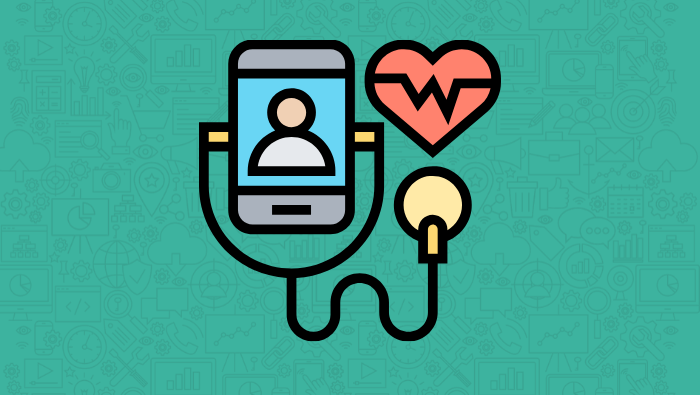What you are able to bill as an audiologist for telehealth services:
Clinical Audiology Services
- Not able to bill Medicare Part B for any Telehealth Services as stated by CMS (Medicare and Medicaid Services)
- Can be private pay
- For remote hearing testing, ensure that state licensure laws allow telehealth AND if for hearing aid purchase, state requirements are followed.
- Check with your insurance payers to see if these remote services are reimbursable.
Hearing Aid Services
- You MAY be able to bill for telehealth services as private pay if your state allows services to be provided via telehealth (Patient needs to consent to Private Pay) and those services can be provided remotely.
- Check with your insurance payers to see if services provided via telehealth can be reimbursable. If not, the patient can pay privately.
- If bundled: Unable to bill since payment for services has already been received.
Billing Opportunities
- If bundled: No
- If itemized: Maybe
- First check Purchase Agreement (this will provide clear guidelines on what appointment types can be billed as they should be specified).
- If you are able to bill, use existing V-codes.
- There are no telehealth specific codes for audiologists.
- Extended warranties: Need to check as this may be the same as the bundled model; patient has already paid for services.
Tips and Tricks:
Give your telehealth service a test-drive before going live.
- Patients may struggle with technology, and it is likely going to be their first time trying telehealth.
- HIPAA has relaxed guidelines and many physicians are video chatting via their smart phones: Apple FaceTime or Google Hangouts, likely only during the time of the pandemic.
- Patient needs to be told that these are not the most secure ways of communicating health care concerns.
- Offer a consent form for services to be performed via telehealth.
- Call the patient prior to the telehealth appointment to set expectations and address how the technology works.
- Verify patient information and give them a 1-hour timeframe of appointment.
- Physician or provider will call.
- Inform them of how insurance will be billed.
- Get verbal or written OK from patient. If system allows, get OK electronically.
Virtual Check-Ins
- Brief telephone conversation (5-10 min)
What you are able to bill as a physician for telehealth:
Physicians have different guidance from CMS, which allows specific telehealth codes for services.
- The 1135 Waiver allows more liberal use of CPT codes.
Telehealth codes are broken into three main buckets:
- Medicare Telehealth Visits: A visit with a provider that uses telecommunication systems, between a provider and a patient
- Virtual Check-In: A brief (5-10 min) check-in via telephone or other telecommunications device to decide whether an office visit or other service is needed
- E-Visits: A communication between a patient and their provider through an online patient portal
*Please note: Billing is the same as an in-office visit and as the service that must be traditionally offered face-to-face.
Tips and Tricks:
- Billing
- Medicaid has provided state-specific guidelines. For example, in Ohio, a telephone call qualifies as telehealth.
- Codes for telehealth visits: Modifier 95
- Many commercial insurances are waiving co-pays for online visits during the pandemic; unknown if that will continue post-pandemic.
- CMS is the holy grail for billing guidance — most major insurances follow CMS guidelines.
- Waiver 1135 loosened requirements for telehealth for physicians.
- Obtain a copy of your state waiver.
- Visit your state’s website for additional guidance for telehealth services and Medicaid.
- Telehealth will not replace cash flow lost due to in-office procedures and surgeries.
*For a complete list of telehealth codes: Telehealth Codes

